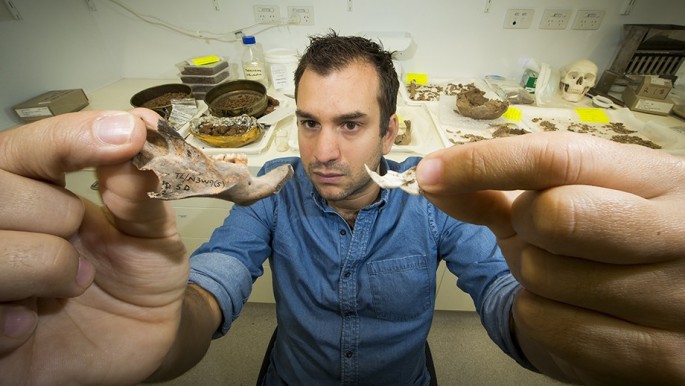Scientists recently uncovered a giant rat fossil similar to the size of a small dog, where this new study claims that rats can grow as large as a cow, under the ideal set of conditions.
During prehistoric times, giant rodents once walked the earth as archaeologists discovered fossils of an extinct rat species in East Timor in Indonesia which is about 10 times larger than the regular modern day rat.
Now, researchers are seeking out clues as how these herbivore rats became extinct. According to Julien Louys of the School of Culture, History and Language from the Australian National University, these rats are considered to be mega fauna as the biggest one can grow up to five kilos or 11 pounds like a small dog.
The largest ever rodent is known as the Josephoartegasia monesi that apparently weighed more than a ton and its size was comparable to a bull. The extinct rodent is the modern day version of the capybara which is a modern day rat roughly the same size of a sheep.
A normal rat weighs up to a pound however, scientists say that giant rodents can weigh as much as 75 pounds if they are given the opportunity to dominate other species or become the dominant species in their environment. This can occur when there are no larger predators around and the rats can dominate the ecology and force other species into extinction.
Giant prehistoric rats of that size are no more but giant rats were recently recorded in the United Kingdom where they were measure up to two feet long in Liverpool, London and Hampshire. If they are not controlled, they can become dangerous pests that can destroy homes and build nests to start their own colonies.
Some rats even evolved to resist pesticides and other poisonous agents that are used to wipe them out as colonies move into the city from the countryside due to abundant food sources found in cities. Experts warn that rats can still indeed grow larger where they can quickly evolve if measures are not taken seriously to control waste in order to prevent rats from accessing human food supply.



























